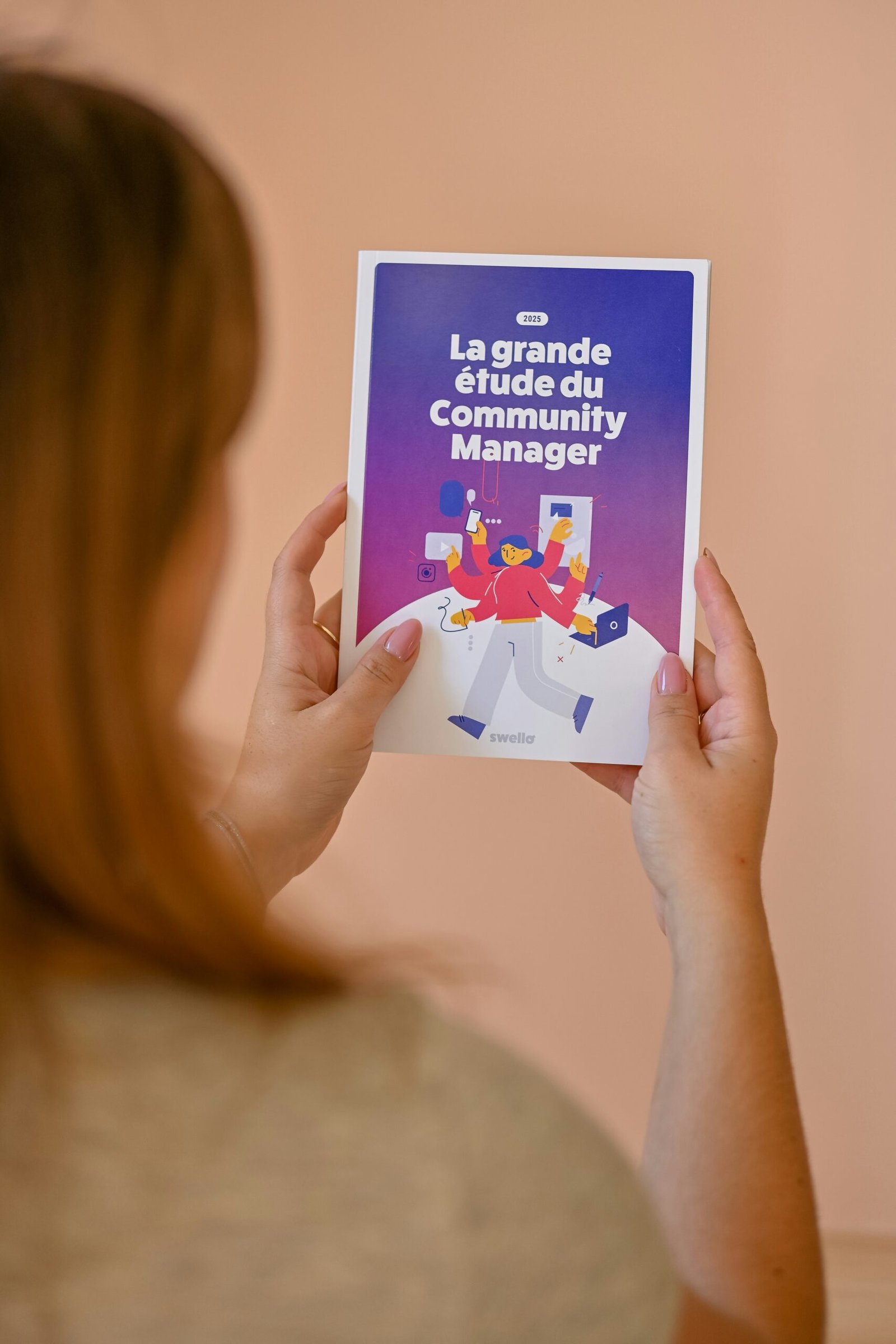The Allure of Morocco: A Journey Through History, Architecture, and Culture
The Origins of Morocco: A Historical Overview
Morocco’s history is a rich tapestry woven from the threads of various civilizations that have inhabited the region. Its origins can be traced back to the ancient Berber tribes who established settlements in the area thousands of years ago. The Berbers, known for their resilience and adaptability, laid the groundwork for Morocco’s cultural identity. Around the 10th century BCE, the Phoenicians arrived, contributing to the region’s trade networks and facilitating the exchange of goods between Africa and Europe.
Morocco’s significance grew as it came under the influence of the Roman Empire, becoming a crucial link in the empire’s vast commercial networks. The city of Volubilis, a UNESCO World Heritage site, serves as a testament to this period, showcasing Roman architectural marvels that highlight the advanced engineering and artistic skills of the era. Following the decline of Roman authority, the advent of Islam in the 7th century marked a pivotal turning point in Morocco’s history. The Arab conquest introduced new cultural and religious dimensions, firmly establishing Islam as a core element of Moroccan identity.
The establishment of various dynasties throughout the centuries, such as the Almoravids and Almohads, played a significant role in shaping Morocco’s political landscape. These dynasties not only unified the country but also promoted extensive trade, particularly along the trans-Saharan routes, thereby increasing Morocco’s influence in regional and global affairs. One notable figure from this period is Sultan Moulay Ismail, whose reign in the 17th century marked a time of architectural flourishing and military expansion, further solidifying Morocco’s historical legacy.
This overview of Morocco’s origins serves as a foundation for understanding its evolving narrative and enduring significance in both historical and cultural contexts. Visitors today can explore the remnants of these ancient civilizations and appreciate the deep-rooted history that continues to define Morocco’s unique identity.
Architectural Wonders: A Reflection of Morocco’s Rich Heritage
Morocco’s architectural landscape is a vibrant tapestry woven from various cultural influences, showcasing the country’s rich history and cultural identity. The architectural styles prevalent in Morocco are primarily a blend of Islamic, Moorish, and Mediterranean elements. This fusion is most notably reflected in the stunning mosques, palaces, and medinas that punctuate the urban environments of cities like Casablanca, Marrakech, and Fes. Among these structures, the Hassan II Mosque in Casablanca stands as a testament to Morocco’s intricate craftsmanship and architectural grandeur.
The Hassan II Mosque, completed in 1993, is the largest mosque in Africa and the seventh-largest in the world. Its breathtaking minaret reaches a height of 210 meters, making it a marvel of modern engineering and artistry. The mosaics, intricate zellige tile work, and the vast prayer hall, which can accommodate 25,000 worshippers, reflect the remarkable skill and dedication of Moroccan artisans. The waterfront location of the mosque further emphasizes the relationship between architecture and nature in Morocco, making it a significant landmark for both spiritual and cultural gatherings.
Additionally, the ancient medinas of Marrakech and Fes offer a glimpse into the country’s historical evolution. The maze-like streets are lined with palaces, souks, and traditional riads, each showcasing exquisite woodcarving and plasterwork that narrate stories of Morocco’s past. Techniques such as zellige tile work, characterized by geometric patterns, add an artistic depth that captivates visitors and locals alike. The architecture not only serves functional purposes but also acts as a reflection of the cultural narratives that have shaped Moroccan society over centuries.
These architectural wonders are more than mere structures; they are symbols of Morocco’s heritage and identity. As visitors explore these sites, they gain insight into the complexities of Moroccan culture and history, appreciating how these remarkable edifices have evolved, maintaining their significance in contemporary times.
Cultural Impact: The Heartbeat of Morocco
The cultural impact of Morocco is as rich and varied as its landscapes, shaped by centuries of influences from diverse ethnic groups, including Berbers, Arabs, and sub-Saharan Africans. The result is a vibrant tapestry of traditions, music, art, and cuisine that encapsulates the essence of the Moroccan experience. In understanding the heart of Morocco, one must explore how these elements intertwine and contribute to the nation’s identity.
Traditional Moroccan music plays a vital role in expressing the country’s diverse heritage. Genres such as Amazigh, Andalusian, and Gnawa reveal the influence of different cultural backgrounds, each telling unique stories through rhythm and melody. Festivals such as the Fez Festival of World Sacred Music showcase this rich musical variety, drawing global audiences to celebrate the universal language of music. This festival, among others, has become a cornerstone of Moroccan cultural life, acting as a platform for both local and international artists to share their craft.
Morocco’s art is equally profound, often reflecting its historical journey through intricate tile work, vibrant rugs, and delicate pottery. These artisanal crafts are not merely decorative; they represent centuries of tradition passed down through generations, embodying a commitment to quality and aesthetics. The art of Moroccan cuisine is a notable element of its cultural impact, characterized by spices, flavors, and techniques that weave together the country’s historical influences. Dishes such as tagine and couscous remain staples, inviting visitors to savor the profound story behind every bite.
Moroccan cultural practices are especially visible during significant religious festivals like Eid al-Fitr, which culminate the month of Ramadan with communal prayers, feasting, and familial gatherings. Such events invigorate community ties and reinforce Moroccan cultural identity, allowing for the continuation of cherished traditions amid a rapidly evolving society. The resilience of these practices underscores their importance in maintaining a connection to historical roots while embracing contemporary influences.
Experiencing Morocco Today: A Timeless Destination
Visiting Morocco offers a profound insight into a land where history, architecture, and culture merge seamlessly, creating a vibrant tapestry that captivates travelers. The journey begins in its bustling cities, with Marrakech, Fez, and Casablanca standing out as iconic gateways embodying the nation’s rich heritage. Alighting in these urban centers, one can explore the labyrinthine streets of the medinas, adorned with intricate mosaics and ancient souks, where every stall tells a story. Here, visitors have the opportunity to experience traditional Moroccan craftsmanship, from hand-woven rugs to exquisite pottery, reflecting the country’s artisanal legacy.
Culinary experiences in Morocco provide another layer of depth to this journey. The aroma of spices wafts through the air from street food vendors offering tagines, couscous, and pastilla, inviting visitors to relish the flavors that have evolved over centuries. Dining in a riad transforms a meal into an exquisite cultural event, often accompanied by music and dance that celebrate the country’s diverse ethnic heritage. Culinary workshops are also available, engaging travelers in the preparation of these beloved dishes, thereby fostering a personal connection to Moroccan culture.
Local customs, such as the invaluable tradition of hospitality, are paramount in Morocco. Visitors are often welcomed with mint tea, a gesture symbolizing warmth and respect. It is essential for travelers to engage with local communities respectfully, particularly through sustainable tourism practices that prioritize community engagement and environmental conservation. By doing so, they contribute to the preservation of Morocco’s historical sites and the ongoing cultural narrative.
In essence, Morocco remains a cultural crossroads, maintaining its relevance in contemporary times. Its historical significance, coupled with a commitment to sustainability and community-based experiences, ensures that this enchanting destination continues to resonate with travelers. Every visit is not merely a journey; it embodies a deeper connection to a land rich with stories waiting to be told.









